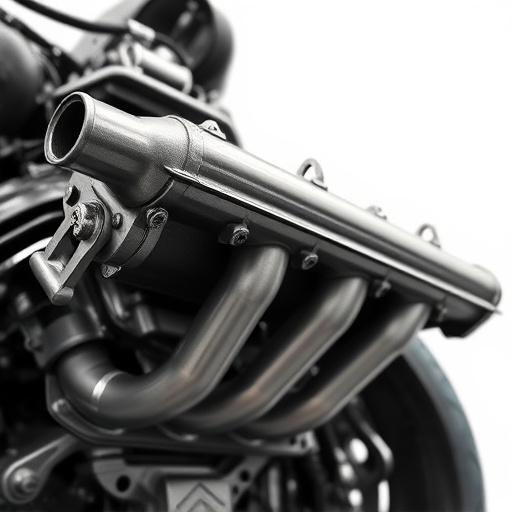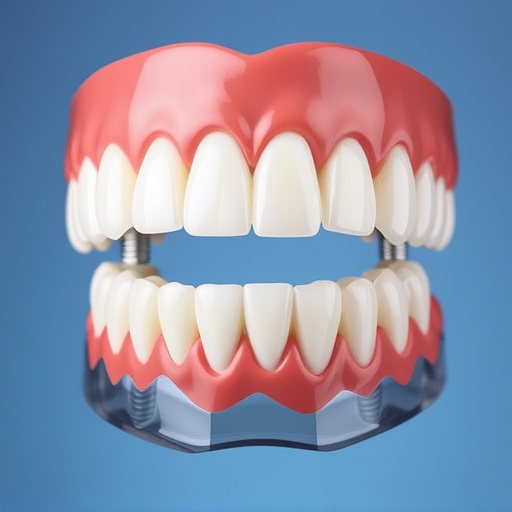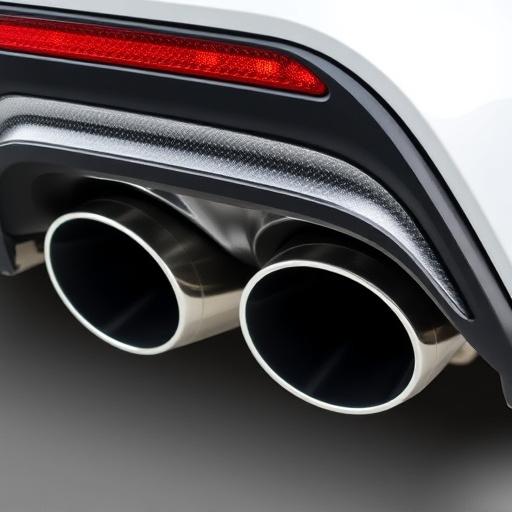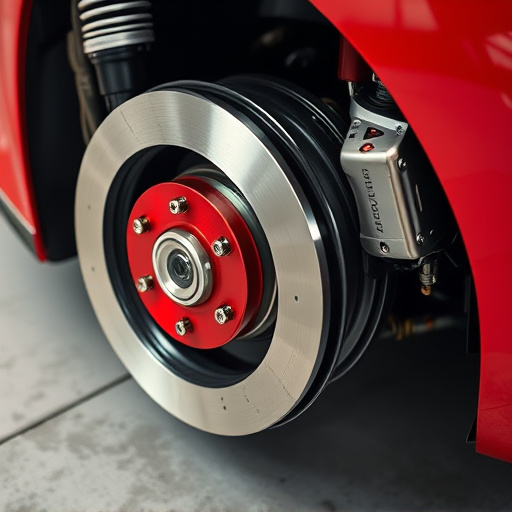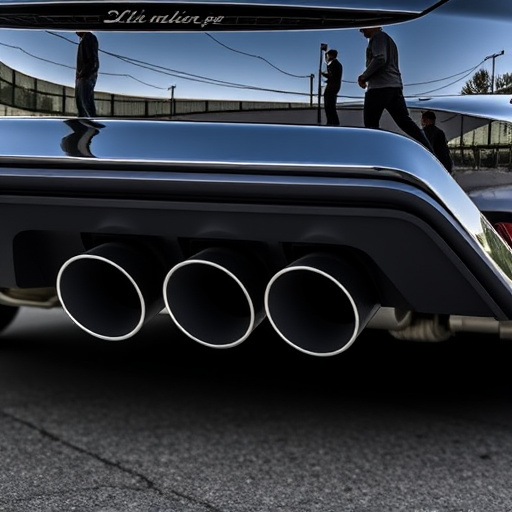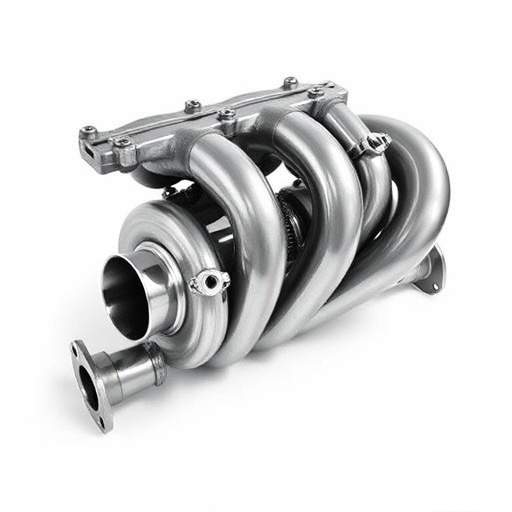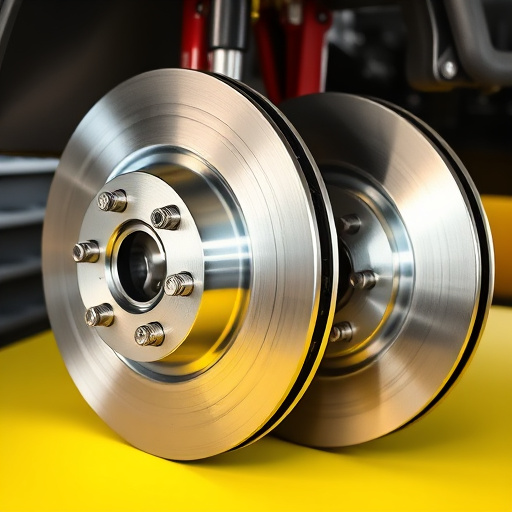ECU tuning enhances vehicle performance by modifying parameters within the Engine Control Unit (ECU) using two methods: OBD tuning for convenient, real-time adjustments during driving and bench flashing for direct access to granular control over all ECU parameters. OBD is cost-effective and accessible, while bench flashing offers precise customization but requires specialized equipment and expertise.
“Unleash the power hidden within your vehicle’s engine with ECU (Electronic Control Unit) tuning, a game-changer in automotive performance. This article guides you through the art of fine-tuning your ECU using two primary methods: OBD (On-Board Diagnostics) and Bench flashing. Discover the pros and cons of each technique, explore their unique benefits, and unlock the secrets to enhancing your vehicle’s capabilities. Whether you’re a professional or enthusiast, understanding ECU tuning methods empowers you to make informed decisions for optimal engine performance.”
- Understanding ECU Tuning Methods
- OBD vs Bench Flashing: Pros and Cons
- Benefits of Using Each Flashing Technique
Understanding ECU Tuning Methods
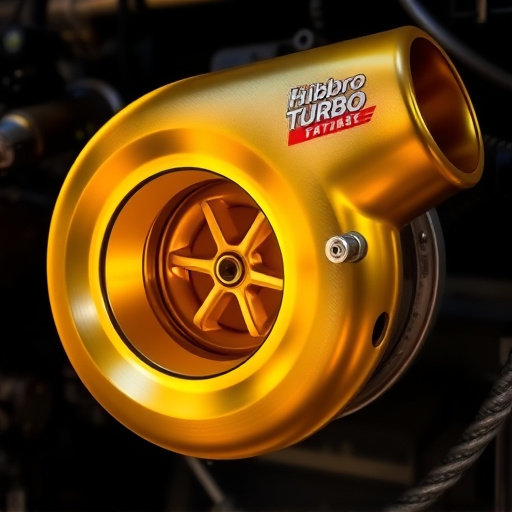
ECU tuning is a process that involves modifying the parameters within an engine control unit (ECU) to enhance vehicle performance. There are two primary methods for achieving this: OBD (On-Board Diagnostics) tuning and bench flashing. Each approach offers distinct advantages and considerations.
OBD tuning leverages existing diagnostic ports in modern vehicles to adjust ECU settings without physically removing the unit. This method is convenient, non-invasive, and often allows for dynamic adjustments during driving. It’s ideal for fine-tuning performance brakes, optimizing air intake systems, or swapping out performance exhaust components. Conversely, bench flashing involves accessing the ECU directly, usually requiring specialized tools and expertise. It provides more control over every parameter, making it suitable for extensive tuning jobs or addressing complex issues. Whether through OBD or bench flashing, understanding these methods empowers car enthusiasts to unlock their vehicles’ full potential.
OBD vs Bench Flashing: Pros and Cons
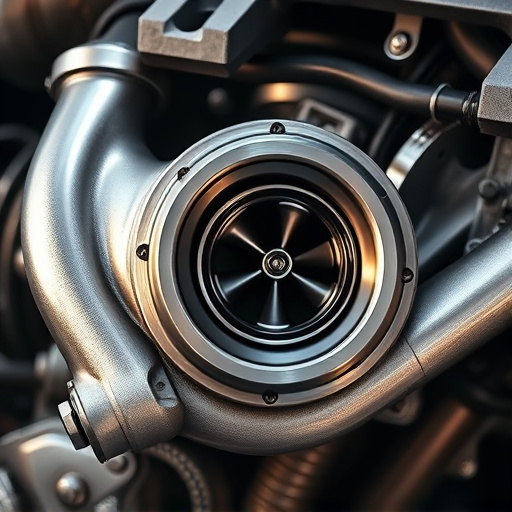
When it comes to ECU tuning, two primary methods stand out: OBD (On-Board Diagnostics) and Bench flashing. Both have their merits and drawbacks, influencing the choice based on specific needs and preferences.
OBD tuning is a non-invasive approach that allows for real-time adjustments while the vehicle is running. It leverages the car’s built-in diagnostic system to read data, make changes, and monitor performance. This method is relatively quick, easy, and cost-effective, making it appealing for DIY enthusiasts. However, OBD tuning may not offer the same level of precision as bench flashing, and it could be limited in its ability to modify certain vehicle systems, such as those related to air intake systems or brake components, which often require more advanced tools. On the other hand, bench flashing provides direct access to the ECU, enabling tuners to make detailed adjustments with greater control. It’s ideal for achieving optimal performance and fine-tuning various aspects like engine timing and fuel injection. Yet, it demands specialized equipment, expertise, and typically incurs higher costs compared to OBD tuning.
Benefits of Using Each Flashing Technique

Using OBD (On-Board Diagnostics) for ECU tuning offers several advantages. It’s a non-invasive method that allows for real-time adjustments and quick testing without the need for specialized equipment beyond what’s already available in modern vehicles. This makes it accessible, convenient, and cost-effective for many car enthusiasts and mechanics alike. The data acquired can help fine-tune various aspects of engine performance, such as fuel injection, ignition timing, and air/fuel ratios, leading to improved power output and efficiency.
Bench flashing, on the other hand, involves directly writing new software to the ECU using specialized tools. This technique is ideal for more complex tuning scenarios, especially when custom settings are required that go beyond standard OBD capabilities. It’s commonly used by professional tuners to create unique performance profiles, optimize engine mapping for specific components like coilover kits and air intake systems, or even customize exhaust tips. Bench flashing provides a higher level of control over the ECU’s programming, enabling more precise tuning tailored to individual preferences and vehicle setups.
ECU tuning is a powerful tool for optimizing vehicle performance, and understanding the various methods ensures informed decisions. While OBD (On-Board Diagnostics) tuning offers convenience and non-invasive access, bench flashing provides deeper control and precise adjustments. Each technique has its advantages and drawbacks, with benefits ranging from improved fuel efficiency to enhanced engine response. Ultimately, the choice depends on individual preferences, technical expertise, and specific ECU programming requirements.



